Fall Arts Celebration
Enriching the arts and humanities in West Michigan
by Matthew Makowski
Since the first Fall Arts Celebration in 2003, audiences have been treated to an eclectic blend of events centered around the arts. Each year, these six free events are intended as gifts to the West Michigan community that has supported the growth of Grand Valley.
“I think the arts and humanities give back to the community in a uniquely balancing way in today’s culture — leading to perennial human values of meaning, reflection and joy,” said Fred Antczak, dean of the College of Liberal Arts and Sciences. “Those values are robustly represented in this year’s Fall Arts Celebration through a great variety, with new ideas and approaches in the arts and humanities commingling with old favorites.”
This year, Fall Arts Celebration will welcome international art, two distinct poetic voices, some of Beethoven’s earliest works in music and ballet, and an academic lecturer who wears many hats.
A little bit of Seoul
In 2008, a unique partnership began between Grand Valley and SeoulTech, located in South Korea. Since that time, the two institutions have exchanged students and faculty members through various degree and study abroad programs.
In May 2013, one of these exchanges saw works of art by 17 Grand Valley art and design faculty traveling to SeoulTech to be a part of the first joint exhibition between the two universities.
This year, it is Grand Valley’s turn to host art from abroad. As the Fall Arts Celebration’s featured art exhibition, faculty members from SeoulTech will send 23 works of art to join pieces created by Grand Valley faculty for the partnership’s second joint exhibition.

During the exhibit, visitors will see a mix of mediums, including ceramics, metalsmithing, digital design, printmaking, jewelry design, fiber arts, painting, visual studies and sculpting.
“From a technical perspective alone, the faculty from SeoulTech are at a most extraordinary level and their work will amaze and delight visitors,” said Henry Matthews, Galleries and Collections director. “The art will be beautiful, but the intricacies of the craft will be extraordinary. This is an interesting and exciting opportunity to bring artwork by these two groups together and showcase what they feel is some of their best work.”
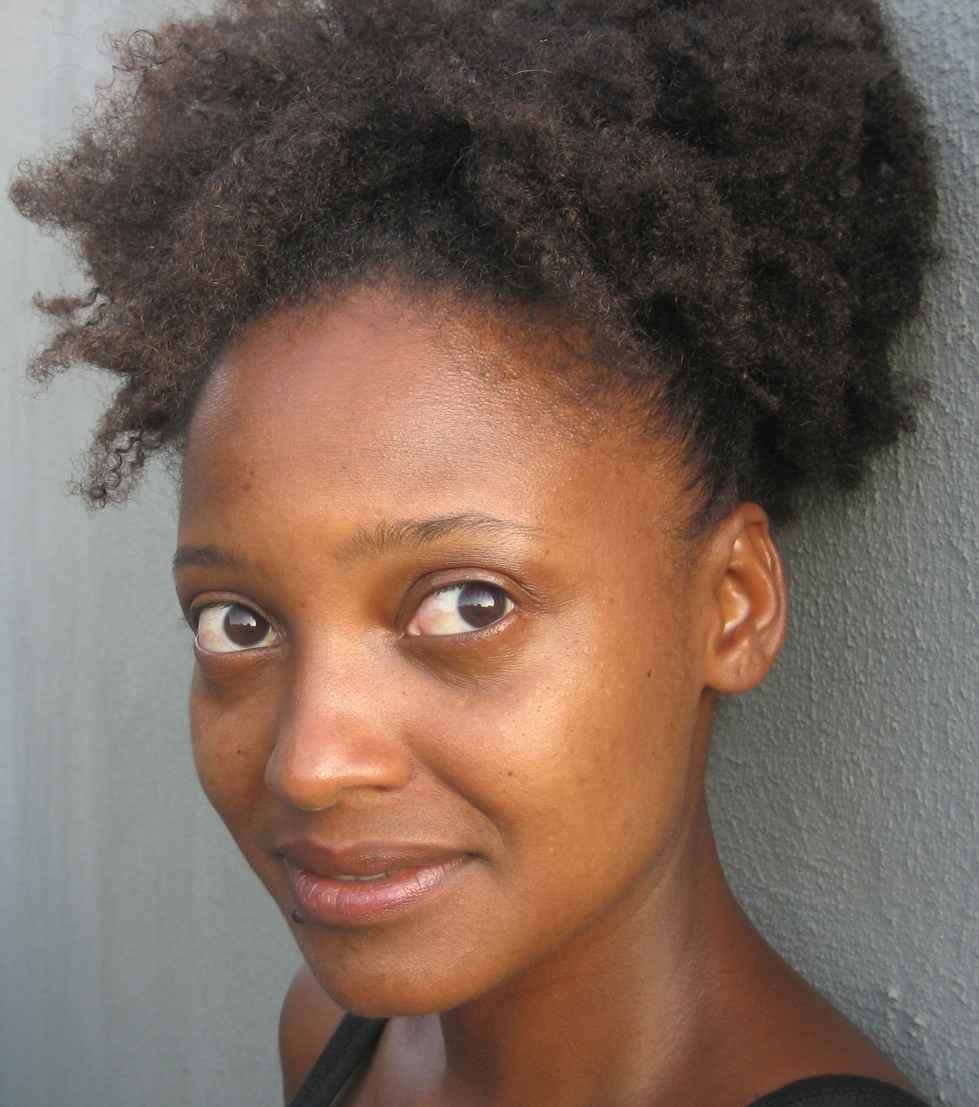
Tracy K. Smith
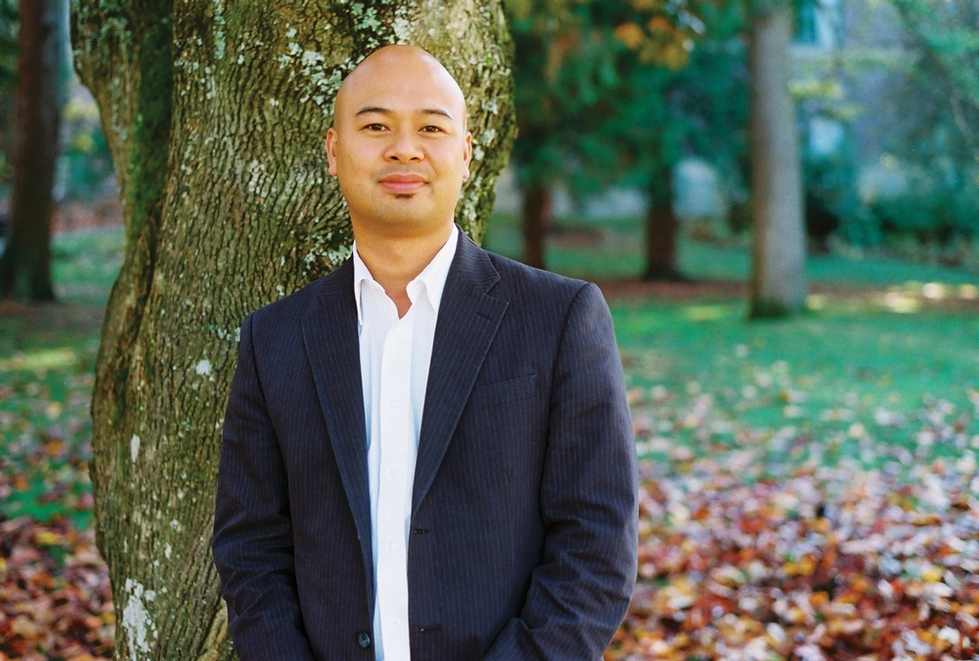
Oliver de la Paz
Evening of poetry, conversation
Patricia Clark, professor and chair of the Writing Department, said the two featured authors for this year’s Poetry Night were purposefully selected because of their varying career levels and contrasting voices.
Tracy K. Smith is the author of the critically acclaimed memoir Ordinary Light, and three books of poetry.
Her collection Life on Mars won the 2012 Pulitzer Prize and was selected as a New York Times Notable Book. Duende won the 2006 James Laughlin Award from the Academy of American Poets and an Essence Literary Award. The Body's Question was the winner of the 2002 Cave Canem Poetry Prize. In 2014, the Academy of American Poets awarded Smith with the Academy Fellowship, which is awarded to only one poet each year to recognize distinguished poetic achievement. Smith currently serves as the Roger S. Berlind '52 Professor in Humanities, and director of the creative writing program at Princeton University.
A native of the Philippines, Oliver de la Paz is the author of four collections of poetry, including Names Above Houses, Furious Lullaby, Requiem for the Orchard and Post Subject: A Fable. He co-chairs the advisory board of Kundiman, a nonprofit organization dedicated to the promotion of Asian American poetry, and serves on the board of the Association of Writers and Writing Programs. de la Paz is an associate professor of English at Western Washington University.
“Oliver de la Paz’s poetry is admired for its lyricism and range,” Clark said. “His dynamic, lavish and intimate work is lyrical and full of imagery and sensory detail.”
Early works by Beethoven
The beginning of the 19th century in Europe was marked by conflict and political transformation created by revolutions in America and France. During this time, a young musician by the name of Ludwig van Beethoven arrived in the city of Vienna to create his fame.
Beethoven almost immediately earned the reputation of a piano virtuoso, even as he suffered from the early signs of deafness, but his lasting legacy and source of greatest fame would be as a composer.
During the Fall Arts Celebration music event, the renowned Ying String Quartet will perform two of Beethoven’s most enduring chamber music works from his early years in Vienna.
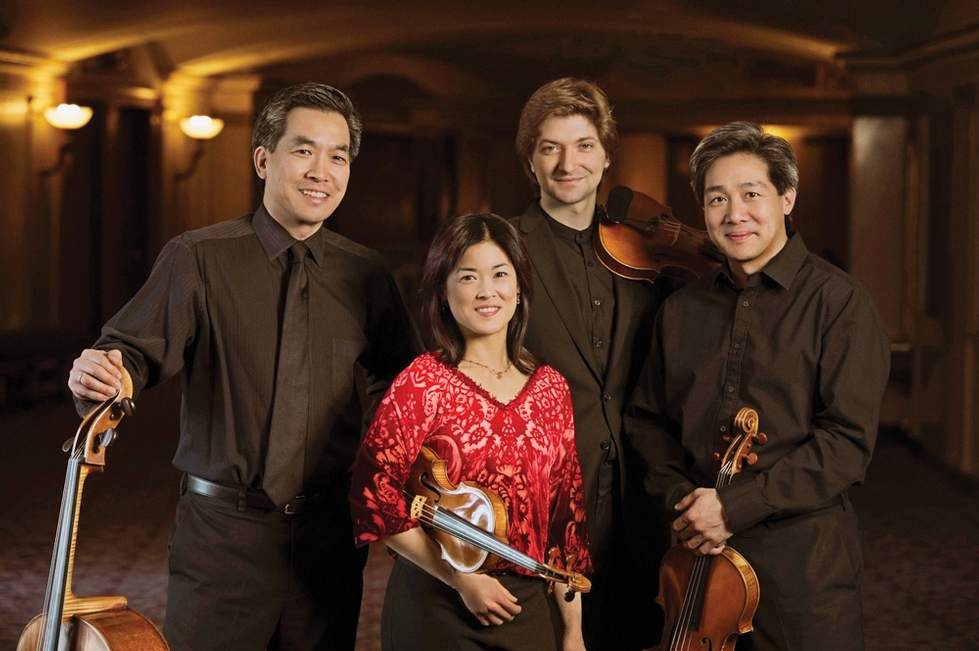
The Ying Quartet
Now in its second decade, the Ying Quartet’s performances regularly take place in many of the world’s greatest venues, including Carnegie Hall, the White House and Sydney Opera House.
The program will open with the Ying Quartet performing “String Quartet Opus 18 No. 6.” To perform “Septet in E-flat major, Opus 20,” the quartet will be joined by Grand Valley music faculty, including Arthur Campbell, clarinet; Danny Phipps, bassoon; Richard Britsch, horn; and Michael Hovnanian, double bass.
“The works selected for this program are foundational works of the classical string chamber repertoire,” said Phipps, Music and Dance Department chair. “This event will be a unique and wonderful opportunity for our students and the community to witness and immerse themselves in the mechanics of some of Beethoven’s most iconic and beloved chamber works.”
'The Creatures of Prometheus'
While Beethoven’s composition résumé is filled with numerous historic and well-known works, many people are not aware that the multifaceted composer also wrote a single ballet in 1801.
Phipps said “The Creatures of Prometheus” has little to do with the classical version of Prometheus, the mythical Greek titan who had a reputation of being a clever trickster, and who famously gave the human race the gift of fire and the skill of metalwork.
Instead, Beethoven imagined Prometheus as a righteous, idealistic god-like figure who brings to humans an understanding of morality and virtue — creating humankind through the power of music and art.
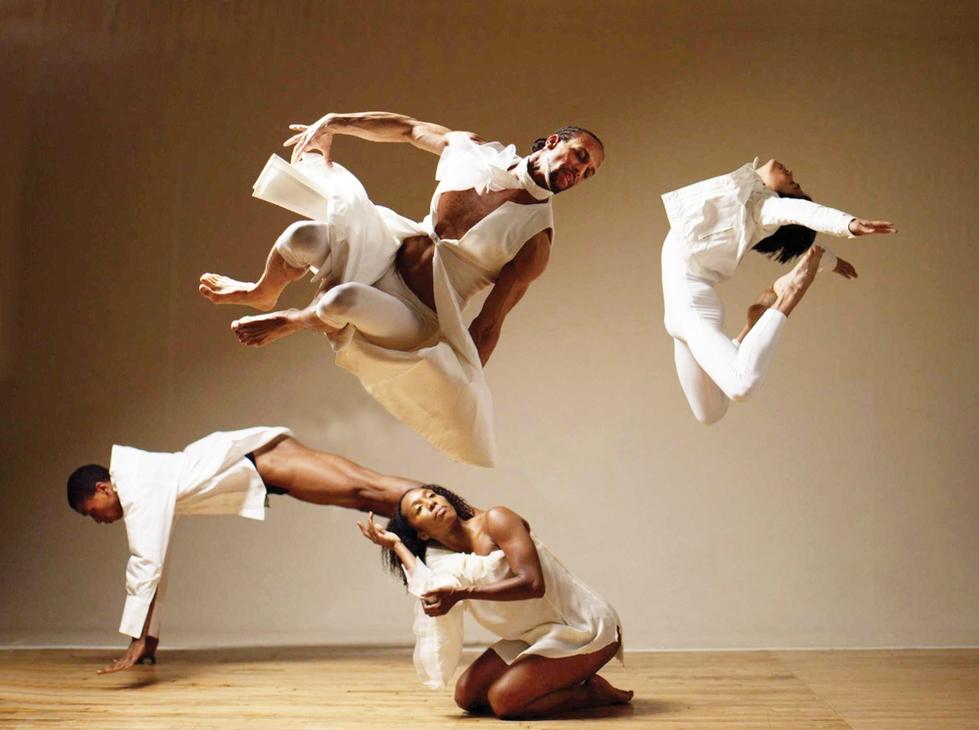
The Francesca Harper Project and GVSU Dance
An original interpretation of Beethoven’s iconic ballet will be performed by the acclaimed dance ensemble, The Francesca Harper Project. Based in New York City, the group was founded by Harper in 2005 as a nonprofit performing arts company dedicated to creating ground-breaking dance, music and theater works.
Joining The Francesca Harper Project in this full-scale ballet production will be Grand Valley music and dance students, which Phipps said will be no simple task.
“Performing music for a live ballet requires absolute concentration and attention to tempo and musical interpretation as the physical demands of dance leave little room for variance by the performers,” Phipps said. “Our dance students will both collaborate with and observe one of the country’s unique voices in choreography as Francesca Harper applies a modern and exceptional interpretation of both the Prometheus myth and Beethoven’s own vision of the demigod as a liberator of mankind.”
Intersections of art, geography and community
The book Men Explain Things to Me is credited with launching the term “mansplaining,” which describes when a man explains something to a woman in a condescending or patronizing manner. It has also been labeled as a touchstone of the feminist movement.
The book’s author, Rebecca Solnit, will serve as this year’s distinguished academic lecturer for Fall Arts Celebration.
A San Francisco-based writer, historian and activist, Solnit is the author of 15 books about a variety of topics, including geography, community, art, politics, hope and feminism.
Beth Peterson, assistant professor of writing, said Solnit will discuss the intersections between art, geography and community during her Fall Arts presentation.
“Solnit is very much a public intellectual who believes in the value of the communal, and also, even in the midst of grim times, the power of art and hope,” Peterson said. “It seems especially fitting with the water crisis in Flint looming largely in Michigan to bring in a writer who connects art and activism, and who is interested in considering how citizens can engage with their communities.”
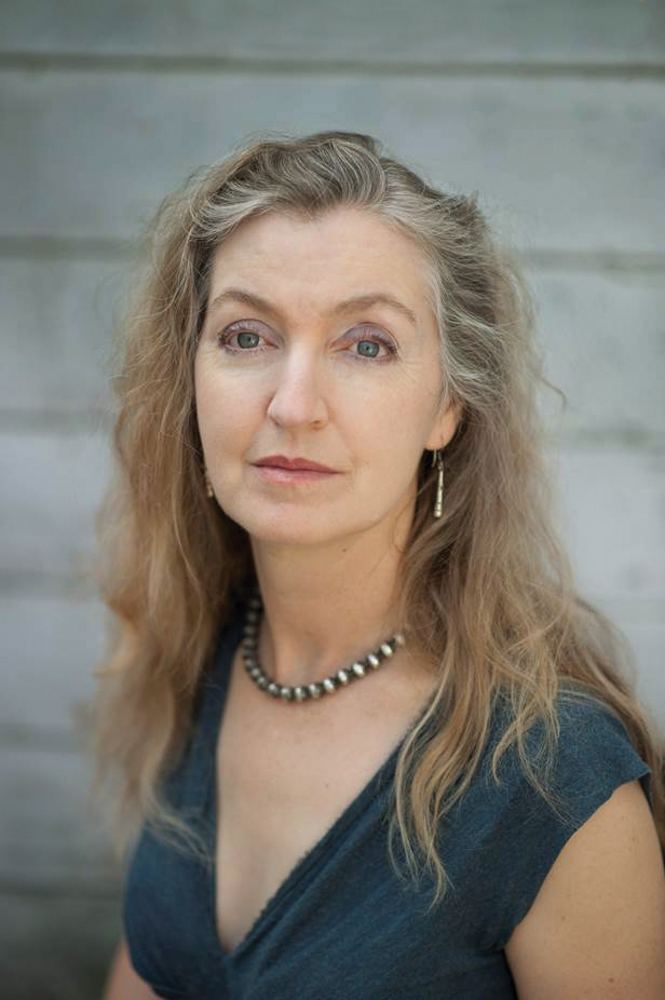
Rebecca Solnit
Handels 'Messiah'
Considered to be a musical fixture of the holiday season by audiences around the world, George Frideric Handel’s “Messiah” is a time-honored classic that will conclude Fall Arts Celebration.
First performed in 1742, “Messiah” quickly became a Yuletide event repeated in London and across the English-speaking world each year for more than 250 years.
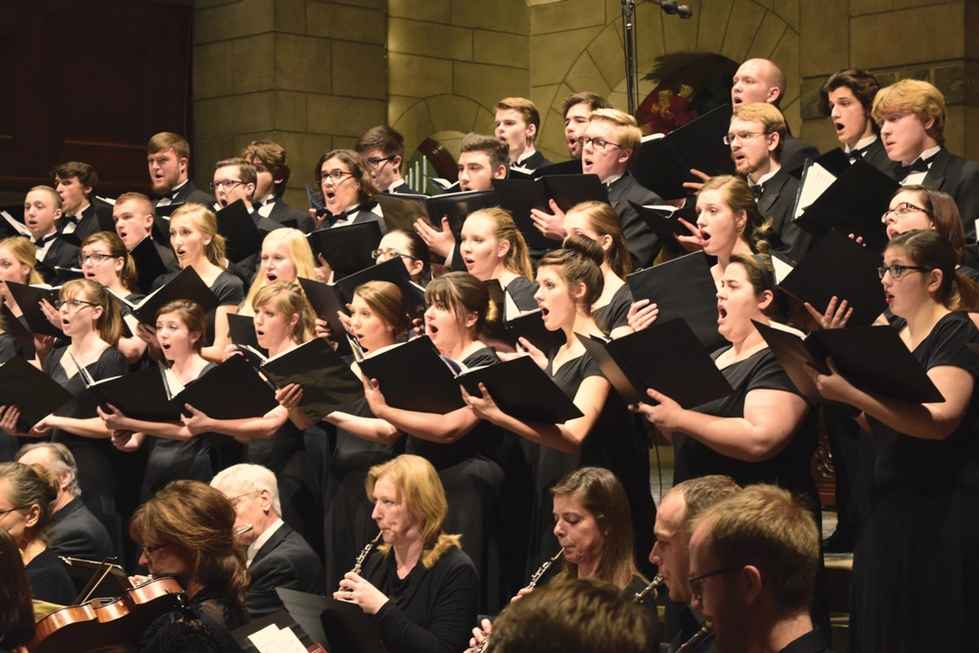
“The qualities that have elevated ‘Messiah’ above those created by so many other composers are the richness and variety of the music, the insightful matching of word and sound and the consistently inspired evocations of such universal emotions as sorrow, serenity and joy,” Phipps said.
The voices of the University Arts Chorale, along with the GVSU Symphony Orchestra, will perform “Messiah” during the holiday celebration at Fountain Street Church in Grand Rapids.
The first part of “Messiah,” which is centered on the prophecy and the story of the birth of Jesus Christ, will be performed along with other holiday favorites for orchestra, vocal solo and choir. The concert will conclude with the famed “Hallelujah Chorus.”
For more information about all of this year’s Fall Arts Celebration events, visit gvsu.edu/fallarts.
